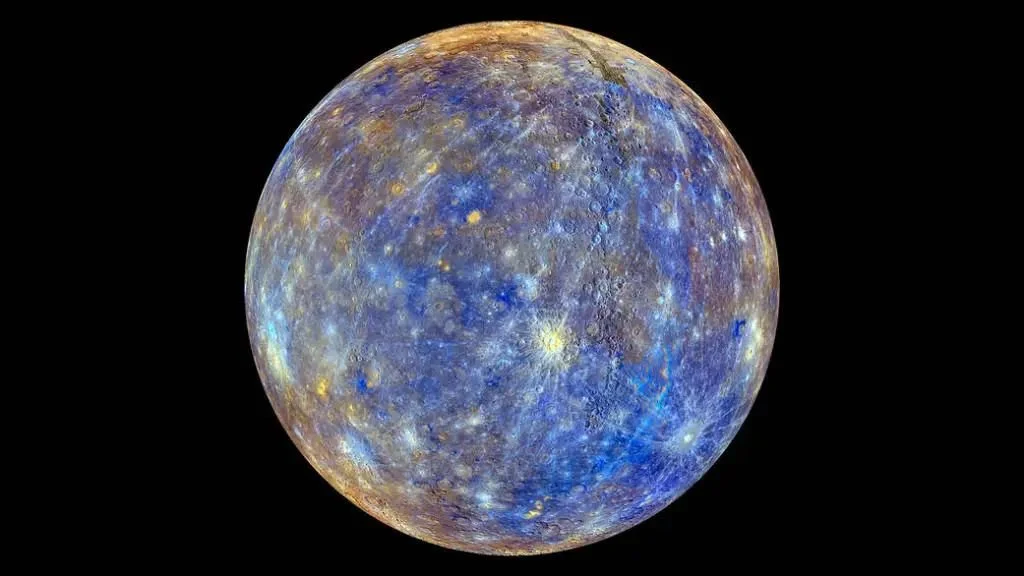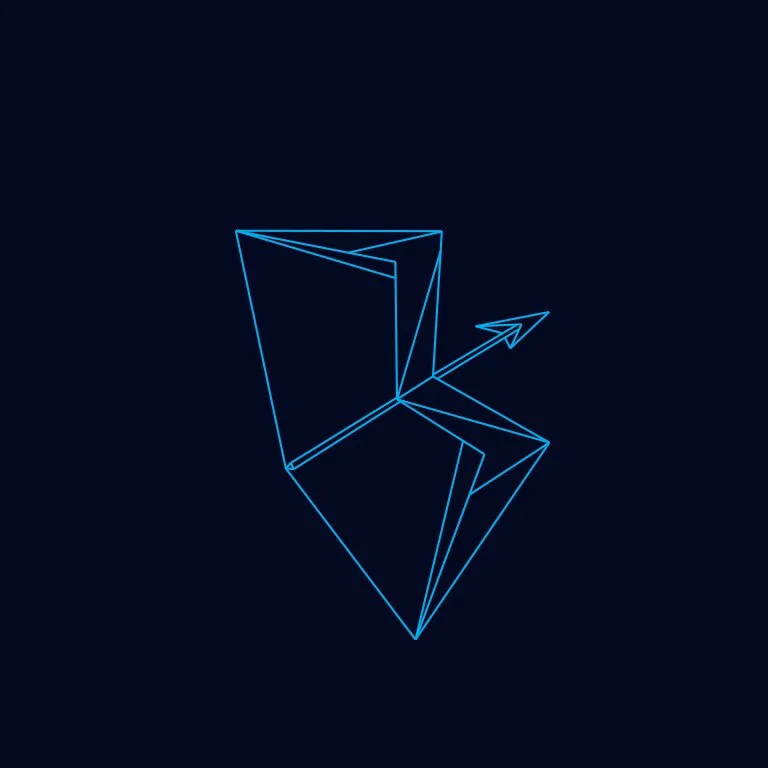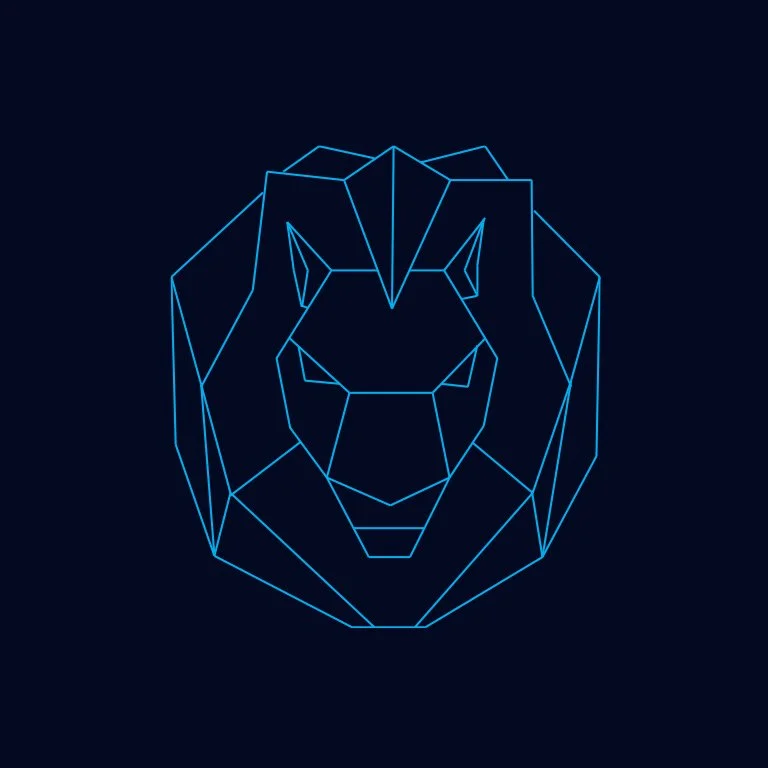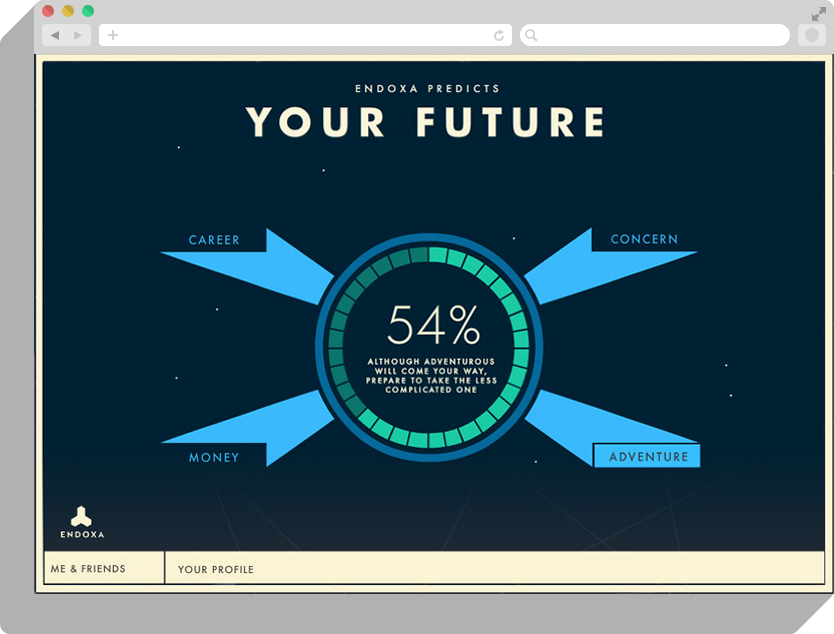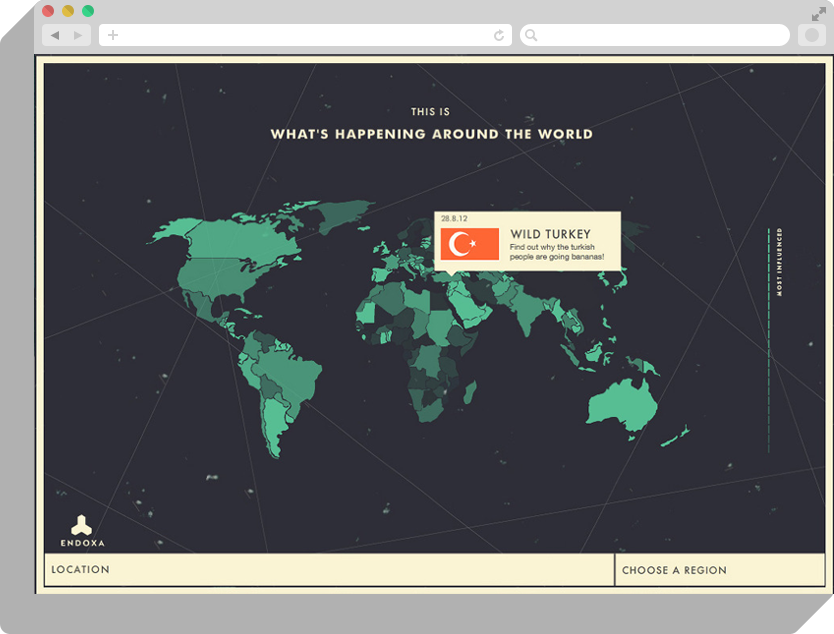The Big (Data) Astrology Experiment
The Big Astrology Experiment set out to explore: can astrology be proven through social media behavior? This project compared individuals' astrological forecasts with their social media posts, analyzing patterns to uncover potential correlations.
By leveraging big data and user-centered design, the experiment sought to explore whether astrology, once considered a pseudoscience beyond scientific validation, could now be examined and potentially verified through social media activity and big data analysis.
This project reflects a unique blend of curiosity and analytical rigor, transforming a cultural phenomenon into a data-driven investigation.
The Starting Point:
Mercury Retrograde and Social Media
The project started as an exploration into one of astrology’s most infamous phenomena—Mercury retrograde. In astrological belief, Mercury retrograde is a period where the planet Mercury appears to move backward in its orbit, often associated with disruptions in communication, technology, and travel. The question was simple: could this long-standing astrological claim find validation through modern data analysis?
The Approach:
Data-Driven Methodology
The project employed a data-driven methodology to explore the relationship between astrological predictions and social media behavior. By leveraging big data analysis tools, large-scale patterns and trends were identified within social media posts. The process involved collecting data from various platforms, focusing on keywords and themes associated with specific astrological forecasts, and comparing them against corresponding time periods. This approach allowed for a comprehensive examination of whether social media activity aligned with astrological predictions
The Results
The finding were remarkable. During Mercury retrograde, up to 30% more people tweeted about communication breakdowns, frustrations, or failures. This spike in data provided a fascinating lens to examine how astrological phenomena might influence collective discourse—or, at the very least, highlight shared narratives. This discovery became the foundation for exploring the connection between astrological forecasts and online behavior.
Aesthetic Inspiration: Retrofuturism
The designs were drawn from retrofuturism, a visual language that reflects how the future was imagined in the past. Inspired by the 1960s space age—an era of cosmic discovery and optimism—this aesthetic bridges the gap between astrology, big data, and humanity’s ever-evolving relationship with the unknown. Just as the 1960s redefined our relationship with the stars, The Big Astrology Experiment reinterprets astrology in the digital age, offering a unique fusion of past dreams and modern technology.
The interface was crafted to resemble vintage sci-fi control panels, complete with bold geometric compositions, clean typography, and cosmic gradients. These elements evoke the era’s fascination with the possibility of intergalactic travel, reflecting the project’s mission: to explore astrology through data with the same curiosity that once propelled space exploration.
This nostalgic yet forward-thinking design choice serves as more than an aesthetic—it underscores the project’s deeper philosophical question: Can big data turn astrology into something measurable?
The Big (Data) Astrology Experiment
The Big Astrology Experiment set out to explore a bold question: can astrology be proven through social media behavior? This project compared individuals' astrological forecasts with their social media posts, analyzing patterns to uncover potential correlations.
By leveraging big data and user-centered design, the experiment sought to explore whether astrology, once considered a pseudoscience beyond scientific validation, could now be examined and potentially verified through social media activity and big data analysis.
The findings of this project can provide valuable insights into the complex interplay between individual beliefs and behavior. By exploring the potential relationship between astrology and social media activity, the project aims to shed light on how individuals' actions and perspectives may be influenced by external factors.
Overall, the Endoxa project serves as a compelling and innovative approach to analyzing and understanding the impact of astrology on individuals' social media behavior. Its insights may have far-reaching implications for a variety of fields, from psychology and sociology to marketing and advertising.
This project reflects a unique blend of curiosity and analytical rigor, transforming a cultural phenomenon into a data-driven investigation.


